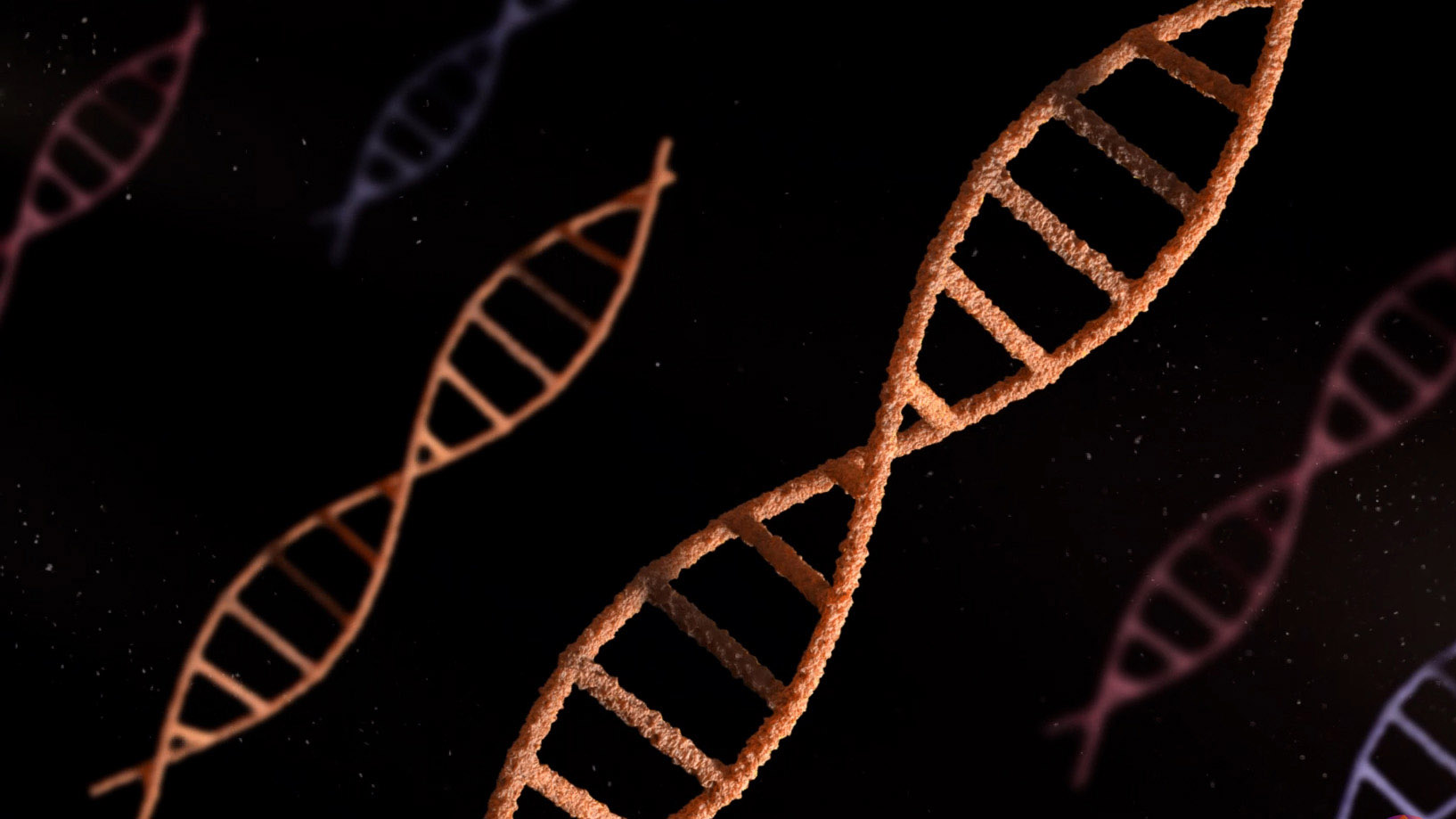This website uses cookies so that we can provide you with the best user experience possible. Cookie information is stored in your browser and performs functions such as recognising you when you return to our website and helping our team to understand which sections of the website you find most interesting and useful.
News
Contribute to the future of gene technology
A new research project asks people to share their perspectives on the use of gene technology in healthcare to help shape its development.
A new survey being undertaken by Associate Professor Guei-Sheung Liu, Principal Investigator and Head of the Genetic Engineering Research Unit at the Centre for Eye Research Australia, is aiming to understand what people know about gene technology.
His team is interested in understanding the factors that influence people to undertake current and future gene therapies in order to inform the scientific community on how communication about future treatments should be delivered.
“It’s a little unusual for laboratory scientists to do this sort of research – we typically do work that is focused on understanding the biology of human cells,” says Associate Professor Liu.
“But now that we are introducing new technologies in treatments, we need to know how well the public understands these technologies and how they feel about it, so that we can think about introducing and integrating them into our healthcare system.”

New technology
Gene technology is opening the door to novel therapies for conditions that have previously been thought of as untreatable.
Some gene therapies are already available to patients, but new, emerging technologies may transform how future treatments are developed.
Knowing how the public views and understands these technologies is crucial to its future development.
“There has been a lot of development around traditional gene therapy over the last 10 years, with the aid of gene technology, particularly in eye care, but little is known about what the public thinks about using gene technology to prevent, treat, or even diagnose disease,” says Associate Professor Liu.
His current research focuses on using gene technology to develop treatments for a range of inherited retinal diseases, such as retinitis pigmentosa and Usher syndrome.
In both these conditions a person is born with a faulty gene – the instructions that tell cells how to behave – which leads to loss of sight.
“Gene technology is a cutting-edge method which might change the way we manage these conditions in the near future,” says Associate Professor Liu.
“New therapies are being developed to repair the faulty genes, or replace them with working ones, to maintain cell function. We hope to have a clear understanding of what the public knows, and how they feel about it.”
New treatments also have the potential to treat other common eye conditions including diabetic retinopathy, age-related macular degeneration and glaucoma.
Future goals
Previous surveys undertaken at CERA have explored how people living with inherited eye disease view genetic testing to incorporate their lived experience into future research.
This new survey, which is now open to Australian residents aged 18 years or over, looks to understand what people know about genetic research, what influences their knowledge and decisions, and their outlook for the future of gene technology-based healthcare.
“As these treatments go from the bench side to the bedside, we want to know what people understand so we can improve how we communicate our work,” says Associate Professor Liu.
To take part in the survey and support the work, visit the project’s information page.

